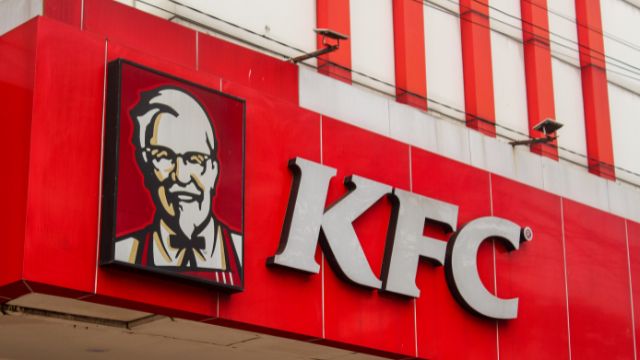Kentucky Fried Chicken (KFC) maintains its position as a leading global fast-food chain, renowned for its signature fried chicken. A comprehensive SWOT analysis—assessing Strengths, Weaknesses, Opportunities, and Threats—provides insight into KFC’s current standing and future prospects.
Strengths
1. Global Brand Recognition: KFC operates over 25,000 outlets across more than 145 countries, making it one of the most recognized fast-food brands worldwide.
2. Diverse Menu Offerings: Beyond its iconic fried chicken, KFC has expanded its menu to include sandwiches, wraps, and side dishes, catering to a broad customer base.
3. Strong Market Presence in Emerging Economies: KFC has established a significant footprint in emerging markets, including India and China, capitalizing on the growing demand for quick-service restaurants.

Weaknesses
1. Health Concerns: The increasing health consciousness among consumers poses challenges for KFC, as its core offerings are often perceived as unhealthy due to high calorie and fat content.
2. High Operating Costs: Operating a vast global network entails substantial costs, including supply chain management, labor, and compliance with diverse regulatory standards.
3. Dependence on Specific Markets: KFC’s heavy reliance on certain key markets makes it vulnerable to regional economic downturns and market saturation.
Opportunities
1. Expansion in Emerging Markets: With the fast-food industry projected to grow significantly in countries like India and various African nations, KFC has the opportunity to increase its market share by opening new outlets and tailoring its menu to local tastes.
2. Introduction of Healthier Menu Options: By developing and promoting healthier menu items, KFC can attract health-conscious consumers and adapt to changing dietary preferences.
3. Digital Transformation: Investing in digital ordering platforms, delivery services, and loyalty programs can enhance customer convenience and drive sales growth.
Threats
1. Intensifying Competition: The quick-service restaurant industry is highly competitive, with numerous players vying for market share, which can pressure KFC’s profitability and market position.
2. Economic Downturns: Economic challenges, such as rising inflation and cost-of-living pressures, can lead consumers to reduce discretionary spending, adversely affecting sales.
3. Supply Chain Disruptions: Global events, including pandemics and geopolitical tensions, can disrupt supply chains, leading to increased costs and operational challenges.
KFC in India: A Closer Look
In India, KFC operates through franchise partners, with Devyani International Limited being a prominent operator. In the second quarter of the fiscal year 2024-25, Devyani International reported a 49% year-on-year increase in revenue, reaching ₹1,222 crore. This growth was attributed to the addition of new stores, bringing the total to 1,557 outlets in India. However, the company faced challenges with a significant drop in net profit to ₹17 lakh from ₹33 crore in the same quarter the previous year, primarily due to increased expenses and a decline in same-store sales for KFC by 7%.
Yum! Restaurants (India) Pvt Ltd, the holding company for KFC India Marketing, reported a profit of ₹162.04 crore for the financial year ending March 31, 2024, a turnaround from a loss of ₹108.17 crore in the previous fiscal year. The company’s total income rose by 13.4% to ₹832.05 crore, bolstered by gains from the sale of its investments in Devyani International Ltd.
Conclusion
As of 2025, KFC continues to leverage its global brand strength and extensive network to maintain its position in the fast-food industry. By addressing health concerns, optimizing operational efficiencies, and capitalizing on growth opportunities in emerging markets and digital platforms, KFC can navigate the challenges and sustain its competitive edge in the evolving global market.














